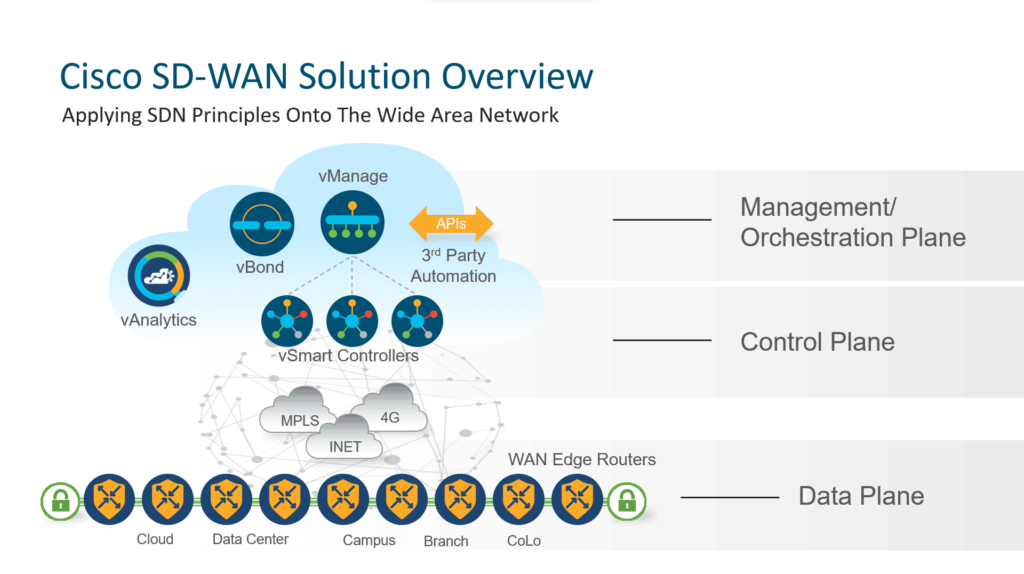In this article we will dive in the case study of the National Meteorological Administration

About the National Meteorological Administration
The National Meteorological Administration (Administraţia Naţională de Meteorologie) has the primary responsibility of safeguarding human lives and material goods through the dissemination of weather forecasts and meteorological warnings. It also provides forecasts for atmospheric pollutant dispersion in situations involving hazardous weather phenomena and accidental pollution, as well as agrometeorological forecasts for relevant users. The scope of the National Meteorological Administration’s competence encompasses understanding, monitoring, and anticipating atmospheric processes and associated phenomena. Its main activity focuses on meteorology and climatology, vital for the socio-economic development of Romania and its integration into international conventions and relationships.
Project Objective
The overall objective of the project was to modernize the telecommunications infrastructure to enhance the performance of the National Meteorological Administration’s information system and the operational data and meteorological product transmission to government institutions, the public, and beneficiaries. This project aimed to align with communication and IT security standards. Following the latest technological trends, the National Meteorological Administration opted for a software-defined solution to benefit from automation, centralized management, increased network visibility, reduced operating costs, and enhanced scalability.
Technical Solution Description
For the WAN infrastructure, the National Meteorological Administration selected the Cisco SD-WAN solution, enabling the utilization of both links with service providers to balance traffic based on link quality and application requirements. The entire solution is managed from the centralized vManage platform, where equipment configurations and traffic policies are defined based on application requirements (e.g., delay, jitter, and packet loss). The platform also monitors network status and performs troubleshooting in case of issues. The existence of a centralized controller simplifies future equipment installation and deployment through a plug-and-play (PnP) functionality, ensuring solution scalability.


In the LAN area, the Cisco Catalyst 9000 switch family was implemented, centrally managed from the DNA Center platform. Similar to the WAN solution, Cisco DNA Center provides a single point of configuration and monitoring for switches and allows for automated configuration provisioning through flexible templates. Additionally, the configuration auditing functionality enhances infrastructure security by identifying software vulnerabilities and configuration changes.
The security solution comprises Cisco Firepower devices from the 2100 series, configured in pairs for high availability, along with the centralized Cisco Firepower Management Center for firewall policy enforcement.
Benefits
- Improved operational communication between the central office and regional meteorological centers: SD-WAN architecture allows both connections with providers to be used simultaneously, providing the best routes for operational systems and applications based on their needs.
- Streamlined network equipment administration procedures: Implementing new traffic policies or access rules is simplified, reducing the time required for network changes.
- Enhanced network visibility: Troubleshooting procedures are significantly simplified in terms of time and complexity, thanks to feedback provided by equipment to management platforms.
Conclusions
The provision of equipment and centralized management platforms (SD-WAN, DNA Center, and FMC) enables the National Meteorological Administration to meet the reliability, security, and performance requirements for data transfer across LAN and WAN networks. The equipment monitoring platform within the information system ensures real-time incident monitoring, reporting, and visualization, facilitating a rapid response to operational incidents.
The modernization of the communication system has contributed to enhancing the capacity to inform the population in real-time regarding severe and extreme weather events and climate changes.
Last but not least, the implementation of these solutions provides specialized personnel in the Department of Computing and Telecommunications with opportunities to learn and develop professionally on next-generation technologies.
Quote from Cătălin Ostroveanu, Technical Director, National Meteorological Administration: “Migrating to new technologies and the network paradigm is not easy. It takes time and patience to master them, and the partner you embark on such an initiative with is as important as the chosen technology. Our collaboration with Arctic Stream was exceptional throughout the project, from planning and delivery to installation and the final knowledge transfer training. We fully understand why their motto is ‘Going the Extra Mile’.”